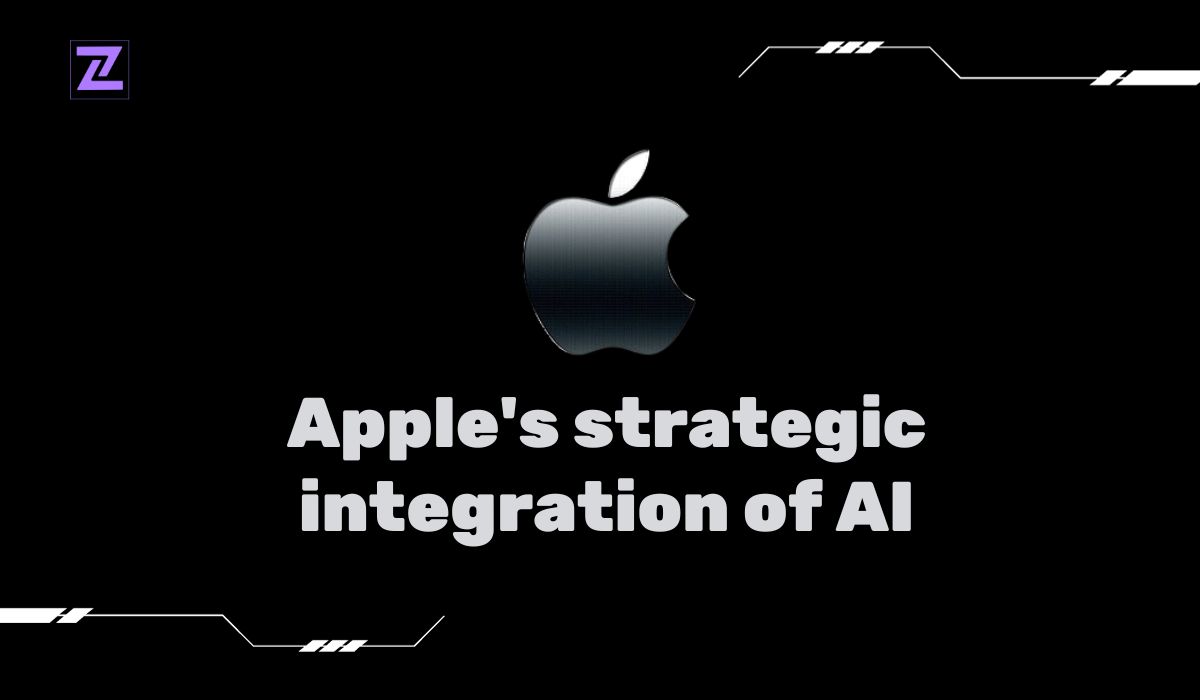
Artificial Intelligence (AI) is no longer a novelty. From small tech startups to global corporations, AI is being harnessed to enhance user experiences. The global pandemic has further accelerated the adoption of AI in our daily lives. In 2020, global corporate investment in AI soared to nearly $68 billion, marking a significant uptick from the previous year.
Apple, a pioneer in introducing innovative features, has been at the forefront of this AI revolution. From the introduction of Siri, the voice search feature, to numerous other AI integrations, Apple has consistently been a step ahead in designing its iOS products. Let’s delve into some of these AI features that have made the lives of iPhone users more convenient.
1. FaceID
Unlocking a phone using facial recognition is a standard feature in most smartphones. However, Apple’s FaceID technology takes it to another level with its accuracy. Unlike many Android devices that can be tricked into unlocking with similar faces, Apple’s AI cannot be fooled easily. It even detects the owner’s face moments before unlocking the device.
2. Facial Recognition for Homekit
In 2014, Apple launched a smart home solution named Apple Homekit with iOS 8. This AI-integrated solution allows users to control and communicate with home appliances using an iOS mobile application. Users can configure various AI-integrated appliances and create actions to manage them. The Homekit, configured with Siri, can group actions and execute them on command. Its enhanced security cameras use photos tagged on a user’s phone to identify and announce the name of people at the door.
3. Native Sleep Tracking for the Apple Watch
Disrupted sleep cycles are a common issue among today’s generation. To address this, Apple has launched an AI-integrated app on the Apple Watch. Users can create bedtime schedules on the Apple Watch to improve their sleep cycles, with different bedtimes for weekends and weekdays. The watch monitors the user’s sleep from the moment they lie down to the moment they wake up, providing a detailed report on the user’s sleep pattern. It uses machine learning to filter out sleeping movements such as deep sleep time, light sleep time, and required sleeping time.
4. Handwashing
The COVID-19 pandemic has not only transformed business operations but also heightened health consciousness. In line with the initial COVID-19 guidelines suggesting at least 20 seconds of handwashing, Apple introduced a new feature in the Apple Watch. The AI in the watch detects when you start washing your hands and automatically starts a 20-second timer. The watch uses motion sensors and microphones to track hand movements and listen for the sound of soap and water running to determine the action. The AI also reminds the user to wash their hands frequently.
5. App Library Suggestions
iOS 14 introduced a new app library layout, featuring a folder that displays the apps you might need next. It uses an on-device AI-powered feature that detects your particular moment to collect data and suggest apps. It’s smarter than you can ever imagine.
6. Translate App
iOS 14 introduced many features to simplify user’s lives, including a translation app that translates any text from one language to another. As it is integrated with AI, the app works offline as well, making it a handy tool for users.
Apple’s AI innovations continue to shape the world differently, offering embedded solutions that enhance user experiences and make life easier. As we move forward, we can expect Apple to introduce more such features, further revolutionizing the way we interact with technology.
7. Sound Recognition in iOS 14: Inclusive Accessibility
iOS 14 introduced an often-overlooked yet impactful feature—Sound Recognition. Initially designed as an accessibility option, this AI-powered feature offers visual cues to users with hearing challenges. Identifying sounds like doorbells, sirens, or babies crying, it serves as a silent yet crucial inclusion for a more accessible iOS experience.
8. Handwriting Recognition for iPad: Transforming Scribbles into Text
Apple's AI journey extends to improving the user experience on iPad. Handwriting Recognition, a recent addition, employs machine learning and data science to decipher and convert handwritten notes into typed text. This feature, incorporated into iPad updates, exemplifies Apple's commitment to refining the way users interact with their devices.
The AI-Driven Apple Ecosystem
In conclusion, Apple's strategic integration of AI across its product ecosystem has not only elevated user experiences but also addressed real-world challenges. From enhancing security measures to promoting better sleep hygiene, Apple's commitment to leveraging AI for positive impact is evident. As we continue to witness advancements in data science, machine learning, and AI, Apple remains at the forefront, shaping a future where technology seamlessly integrates into our lives for the better. The possibilities are vast, and Apple's AI journey is undoubtedly one to watch.